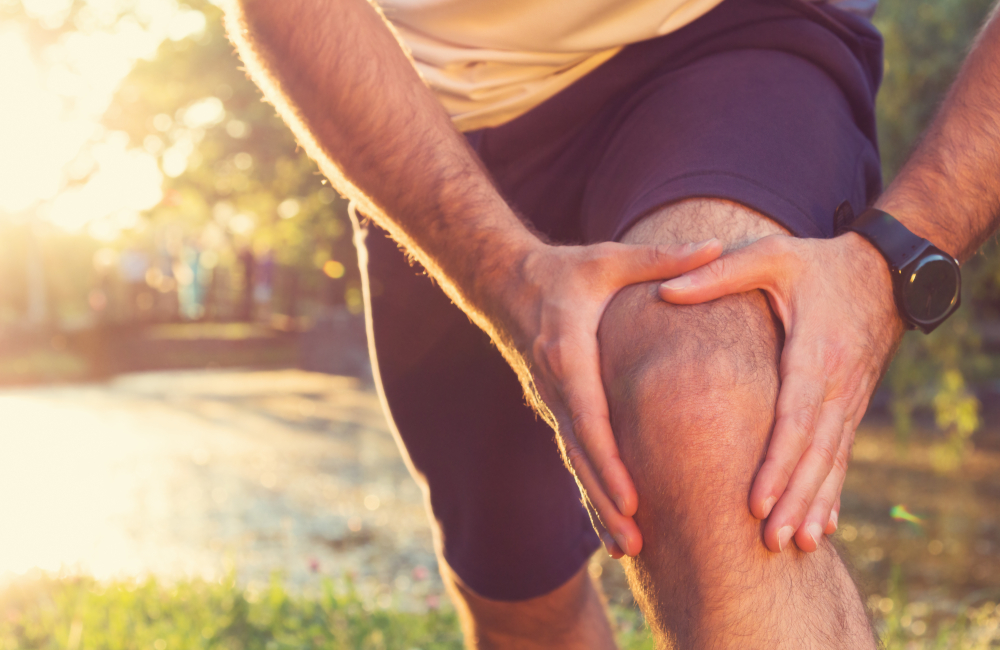Pain relievers for ultra runs and more. What are the risks?

From time to time you can come across information on the Internet that runners, both professional and amateur ones, take painkillers during competitions. The natural consequence of ultra runs being proportionately the longest is that the “opportunity” or temptation to take painkillers while running increases. Often, runners themselves openly talk about using this type of measures during competitions. Can the use of painkillers be considered doping? What negative effects could this have? We invited Kamil Dąbrowski, an oncological surgeon and ultra runner, to discuss this topic.
In order to better understand the topic, first a short introduction:
Analgesic ladder is a painkiller use regimen created by the World Health Organization (WHO). The diagram contains several levels of pain sensation, to which appropriate medications have been assigned and used to relieve it.
- Grade I – mild pain (on a numerical scale from 1 to 4 points*). Treatment involves the use of non-opioid drugs, such as NSAIDs* or paracetamol.
- Grade II – it is pain with intensity on a numerical scale from 4 to 6 points. Opioid painkillers are used to treat such pain. Level II pain requires the use of slightly weaker opioids, such as tramadol, dihydrocodeine or ethylmorphine.
- Grade III – severe pain (above 6 on the scale). To treat such severe pain, opioid drugs are used, such as morphine, fentanyl, buprenorphine, oxycodone and methadone.
*numerical scale – on its basis, the patient determines the intensity of pain on a scale from 0 (no pain) to 10 (unbearable pain).
*NSAIDs – non-steroidal anti-inflammatory drugs are a wide group of drugs with anti-inflammatory, analgesic and antipyretic properties. Their wide range of effects and the availability of most of them without a prescription make NSAIDs one of the most frequently used drugs. These include, among others: ibuprofen, naproxen, flurbiprofen, diclofenac, ketoprofen.

We talked to… about taking painkillers during ultra runs Kamil Dąbrowski – oncological surgeon and ultra runner who has participated in such races as, among others, UTMB, Mozart 100, 168 km during the Istria 100 by UTMB, or 240 km during the Seven Summits Run at DFBG. Due to his profession and running experience, Kamil is able to look at this topic from both a theoretical and practical perspective, from the point of view of an ultra runner.
Karolina Obstój: “I cried several times on the route due to pain, I ate a packet of Ketonal (…).” “Thanks to my friend Ketonal, I passed the third checkpoint.” “I stopped to dissolve a few caffeine tablets in water and take an anesthetic (the wonderful Ketonal) for my back, which was tense to the point of pain.” “(…) I did an injection of Ketonal and went to sleep for a whole 1.5 hours.” These statements – from various ultra runners – are the result of several minutes of research on the Internet. As you can see, some runners use Ketonal as an energy gel, not realizing the negative consequences. What undesirable effects can its use cause during long-term physical exercise?
Kamil Dąbrowski: During prolonged exercise, muscle damage, dehydration, and various electrolyte disturbances occur. This is already a “set” that can mainly damage the kidneys, and by adding non-steroidal anti-inflammatory drugs, we increase the risk. Therefore, when taking medications, we should take even more care to properly hydrate the body. And when we stop peeing or our urine stops being straw-colored and becomes darker, a red light should come on and tell us that something is not good. Another common side effect of the use of NSAIDs is damage to the gastric mucosa, which increases the risk of gastrointestinal bleeding, which may manifest itself, for example, in dark stools.
However, I don’t know whether all these “miraculous” effects of ketone, such as complete pain relief or the “body freshness effect”, are the result of its real action, and how much of it is a placebo effect… In the end, if someone takes something, it’s good so that he knows the maximum doses of drugs and is aware of the consequences of using these “magic” substances.
In principle, painkillers are not prohibited by the World Anti-Doping Agency (WADA) unless they contain the prohibited pseudoephedrine. But UTMB went a step further and during (and immediately before) the UTMB series competitions prohibited the use of painkillers, including Tramadol and NSAIDs, regardless of the need for use. These types of activities increase awareness of the negative effects that the use of painkillers may cause. Do you think such a ban is a good idea? Or would it be better to just educate and leave the decision to use painkillers to runners?
It is a strange situation for me that an organization wants to introduce its own guidelines, which are more restrictive than the rules of the game of the most important institution, WADA. The world wants mountain running to be more professional and to become popular like “flat” running, but this requires standardization, and the world of pharmacological doping must also be transparent to everyone. Nevertheless, I believe that the most important thing is enforcement and systematic controls at competitions. Education is the most important thing, not only among professionals focused on performance but above all for amateurs who are focused on their idols. We must remember that amateurs train very hard and their regeneration is not at the level of TOP athletes, which means that they often struggle with injuries and may “cut” themselves on substances considered banned…
From 2024, Tramadol will be on the list of substances banned by WADA. Do you think other painkillers should also be considered stimulants?
Tramadol is a synthetic opioid, which means it is even higher on the analgesic ladder. It also acts on other receptors in our body than, for example, non-steroidal anti-inflammatory drugs, and therefore the consequences of their use – including side effects – are more “spectacular”. Tramadol became “popular” through articles about professional athletes commonly using the drug. Unlike ketoprofen, tramadol is a prescription drug, so it is not as available and popular among amateurs. Should they be banned? I don’t think it should be like that and I would consider it the wrong direction, but I am not a sports medicine specialist, nor do I deal with this topic on a daily basis. One thing is certain, painkillers constitute a small percentage of the drugs used by athletes…
Have you seen or heard of runners taking painkillers during ultra runs?
Taking painkillers is present and common in sports, and ultra running is no exception. However, we must remember that people take medications not only to “relieve” the symptoms associated with long-term exercise! Sometimes they have a toothache or a migraine! Therefore, this situation is not black and white.

The final decision about whether, and if so, how you use painkillers is yours. However, it is worth understanding what negative consequences this may cause. One tablet for a toothache or headache will probably not harm anyone, but it is worth considering whether the planned strategy of taking painkillers during ultra runs is a good idea.
